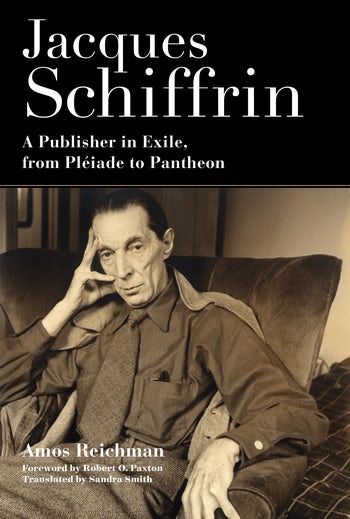Paul Cabot's Jeremiad
In the following passage from Passion for Reality: The Extraordinary Life of the Investing Pioneer Paul Cabot, Michael Yogg examines Paul Cabot’s ideas about reform for the financial industry and the characteristics of a good investment manager. He also looks at some of the parallels between Cabot’s time of the late 1920s and 1930s and our present time:
When a country loses its common sense and confidence, as America did in the late 1920s and the 1930s, it takes hundreds of clear-thinking leaders in government and the private sector to establish the rules, formal and informal, through which society rebuilds and functions. [Sidney Weinberg, head of Goldman Sachs] was one of those leaders. Paul was another….
For Paul, clarity, simplicity, and honesty were inextricably linked. He knew that a trust with an excessively complicated capital structure oft en had trustees who did not know what they were doing or had something to hide—in other words, trustees who were something less than able and honest. This is what lay behind Paul’s preference for the Boston-type open-end fund, with its one class of shares leading to all shareholders being treated equally. It is also why this type of fund accounts for almost all mutual funds today.
Among the many parallels between the late 1920s and late 1990s was the formation of exceedingly complicated investment funds whose structures offended the common sense of the clearest thinkers of their day. When Long-Term Capital Management (LTCM) sought the aid and the capital of Warren Buffett during its crisis, Buffett’s objection to the fund—according to Roger Lowenstein, biographer of Buffett and chronicler of the LTCM saga—was the overly complicated structure. If it took hours for Paul to figure out how profits were divided by some of the trusts of his day, he would have required months to understand LTCM’s capital structure or Enron’s deals with special-purpose partnerships owned and controlled by its own corporate officers. He would not have been tempted by either of these “opportunities,” so popular with “sophisticated” investors at the end of the century.
Both 1929 and 2000 marked peaks in what Galbraith refers to as the “bezzle, an inventory of undiscovered embezzlement,” which is a measure of corruption that is as cyclical as any financial index. In prosperous times, when people are making money, they relax and look less critically at exactly how it is being made. Unscrupulous operators take advantage of this by perpetrating various types of fraud and “the bezzle increases rapidly,” according to Galbraith. When the prosperous times end, everything goes into reverse. Investors are more skeptical, even suspicious. Morality improves and the “bezzle” shrinks. The stock market boom and the ensuing crash caused a traumatic exaggeration of these normal relationships.
During a bull market, defects of character and judgment can be hidden. Money is available and investors, accountants, and journalists are less diligent. When the tide goes out, the mendacity and foolishness are exposed for all to see. Paul understood this, but before the stock market crash, he did not see the need for tougher regulation. Few did. While Paul saw the abuses as clearly as anyone, he believed that publicity and education were superior remedies to laws and regulations: “[A]ll these laws can do is to hamper able management and fail to protect the public against inability and dishonesty. No law can replace the necessity for investors to think intelligently and to investigate a situation before investing their own money.”
On this issue, Paul stood with the Investment Bankers Association and others who, like him, feared burdensome regulation, but there is every reason to believe that these sentiments were based on principle, since they were consistent with every element of his personality. Unfortunately, while Paul had a sense that tough times were ahead, he did not know that a market crash of unprecedented magnitude was seven months away and, until the 1930s, he underestimated the demand—and the need—for reform legislation.
Paul concluded his article with a discussion of the likely performance of investment trusts during a period of declining security prices, a timely topic in March 1929. He felt, not surprisingly, that it was during periods of decline that well-run investment trusts would prove their value.
The investment-trust manager should be a financial expert similar in his profession to the doctor of medicine. When we most need a doctor is when we are sick. Equally it should be . . . true that when the investing public most needs expert assistance is during a period of falling security prices. . . . I should not go so far as to say that the well-run trusts will not lose money during a period of deflation; but certainly they should, and I believe will, lose less money than the average investor. With conservative capitalization, sound policies, and able management, the investment trusts will make more money than the average investor in good times and lose less in poor times.


